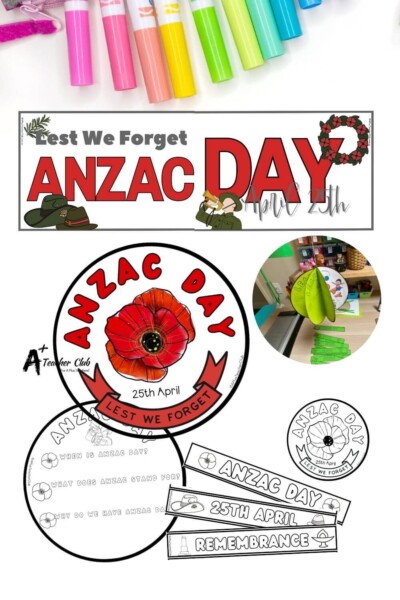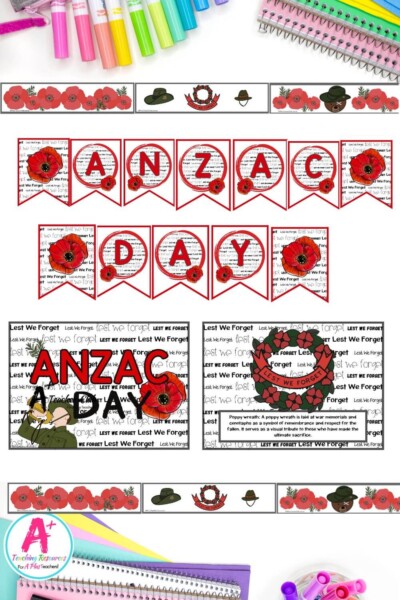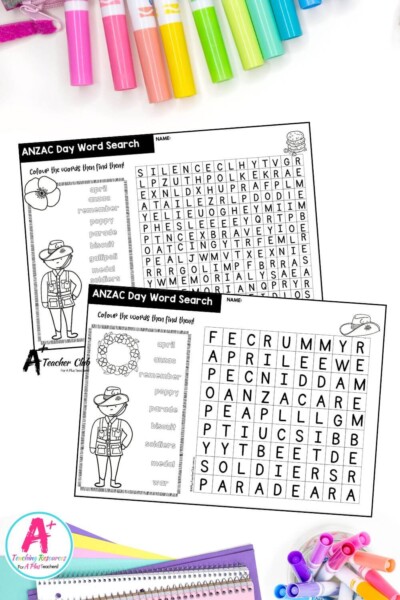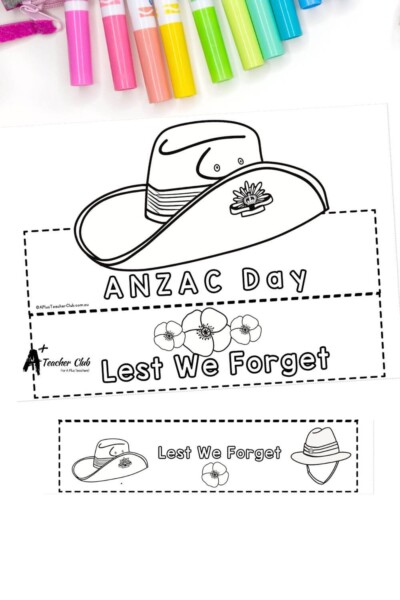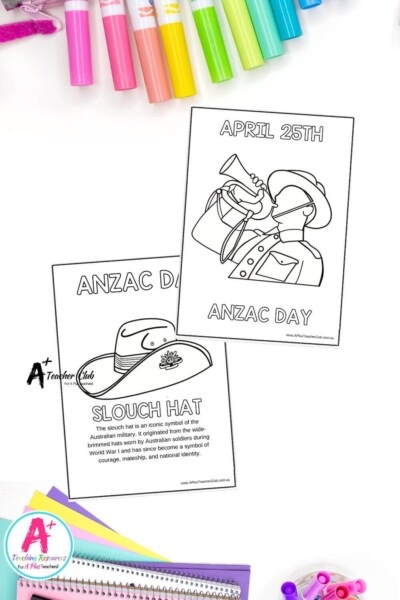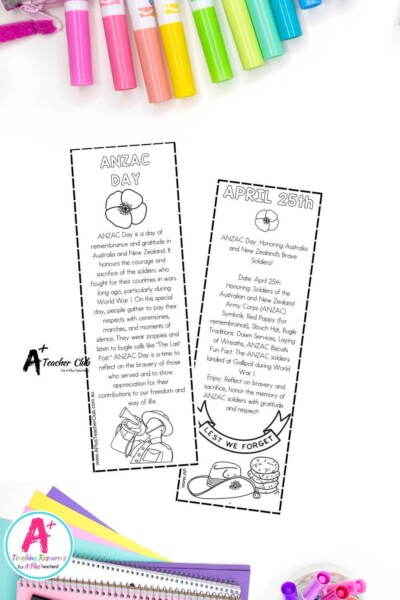ANZAC Day Classroom Activities
Special Days Resources
Hey there, primary school teachers! Are you gearing up to teach your students about ANZAC Day? Whether you’re a seasoned pro or new to the game, we’ve got you covered with our ANZAC Day Classroom Activities. ANZAC Day is a significant day in Australian and New Zealand history, and it’s essential for our young learners to understand its importance. In this blog post, we’ve rounded up some top-notch ANZAC-themed teaching resources that will make planning your ANZAC Day lessons a breeze. From interactive activities to thought-provoking discussions, get ready to captivate your students’ attention and bring the spirit of ANZAC Day to life in your classroom. Let’s dive in!
When it comes to teaching about ANZAC Day, it’s essential to approach the topic with sensitivity and respect, while also making it engaging and educational for young minds. But first things first, let’s cover the basics.
ANZAC DAY: Celebration or Commemoration?
Discovering the significance of ANZAC Day is an important lesson for your students. Here’s a simplified breakdown to help you introduce this topic to them. Feel free to adapt this information to suit the needs and age level of your students.
ANZAC Day is observed on April 25th each year in Australia and New Zealand. It commemorates the landing of the Australian and New Zealand Army Corps (ANZAC) at Gallipoli during World War I. The acronym ANZAC stands for Australian and New Zealand Army Corps. The term ANZAC has since become synonymous with the spirit of camaraderie, sacrifice, and courage demonstrated by these soldiers.
This day is not only about remembering the bravery and sacrifice of the ANZAC soldiers but also honouring all those who have served and continue to serve our countries in times of war and peace. It’s important to note that ANZAC Day is primarily a commemoration rather than a celebration. While the day may involve certain elements of remembrance and reflection, such as dawn services, parades, and ceremonies, it is not a festive occasion in the traditional sense.
The distinction between celebration and commemoration lies in the tone and purpose of the day. Celebration implies joy and festivity, while commemoration focuses on solemn remembrance and reflection. ANZAC Day is marked by ceremonies, rituals, and acts of remembrance that honour the memory of those who have served and died in war, making it more appropriately characterised as a commemoration.
Differences Between ANZAC Day & Remembrance Day
ANZAC Day and Remembrance Day share commonalities as solemn occasions dedicated to honouring the sacrifices of servicemen and women, yet they also exhibit distinct differences.
Both days commemorate the bravery and valour of individuals who have served their countries in times of war.
ANZAC Day, observed on April 25th, specifically commemorates the soldiers of the Australian and New Zealand Army Corps (ANZAC) who landed at Gallipoli during World War I, while Remembrance Day, observed on November 11th, initially marked the end of World War I and now pays tribute to all who have fallen in conflicts since.
Both days feature ceremonies, such as dawn services and moments of silence, to reflect upon and honour the sacrifices of the fallen. However, ANZAC Day tends to have a more nationalistic focus, emphasising the bravery and sacrifices of specific soldiers, while Remembrance Day takes a broader approach, encompassing all individuals who have served and fallen in wars.
How to Commemorate ANZAC Day in the Classroom
Now, the big question: How do we introduce ANZAC Day to our young learners in a way that is meaningful and age-appropriate? Here are a few ideas to get you started:
- Storytime: Share age-appropriate books or stories about ANZAC Day with your students. Look for books that explain the significance of the day in a way that is relatable and easy to understand. See below for a list.
- Crafts and Activities: Get creative with ANZAC Day-themed crafts and activities. From making poppy wreaths to creating soldier silhouettes, there are plenty of hands-on projects that will help bring the history of ANZAC Day to life in your classroom.
- Virtual Tours and Videos: Take your students on a virtual tour of ANZAC memorials and museums. Many institutions offer online resources and videos that provide a deeper insight into the history and significance of ANZAC Day.
- Reflection and Discussion: Encourage your students to reflect on the themes of bravery, sacrifice, and mateship associated with ANZAC Day. Engage them in meaningful discussions about what it means to honour and remember those who have served our countries.
ANZAC Day Picture Books For Children
These picture books offer engaging and age-appropriate ways to introduce students to the significance of ANZAC Day and the stories of courage and sacrifice associated with it (available in our Teaching Templates Pack).
- “ANZAC Biscuits” by Phil Cummings: This heartwarming story follows a little girl named Rachel as she helps her mother bake ANZAC biscuits and learns about their significance during wartime.
- “ANZAC Biscuit Man” by Peter Millett: Rattle your dags as fast as you can. You can’t dunk me, I’m the Anzac Biscuit Man. Award-winning author Peter Millett and acclaimed cartoonist Shaun Yeo reimagine this classic tale with a uniquely local flavour! One day, an old couple who love baking fresh biscuits discover a recipe for an ANZAC Biscuit Man.
- “Simpson and His Donkey” by Mark Greenwood: This beautifully illustrated book tells the true story of John Simpson Kirkpatrick and his donkey, who carried wounded soldiers to safety during the Gallipoli campaign.
- “My Grandad Marches on Anzac Day” by Catriona Hoy: Through the eyes of a young boy, readers learn about the traditions and rituals of ANZAC Day as he accompanies his grandad to the dawn service.
- “Lest We Forget” by Kerry Brown: This poignant book explores the themes of remembrance and gratitude as a young boy attends the ANZAC Day parade with his family and learns about the sacrifices made by soldiers.
- “ANZAC Ted” by Belinda Landsberry: In this touching tale, a teddy bear named ANZAC Ted shares his experiences of serving alongside soldiers during World War I, highlighting the bond between soldiers and their cherished mascots.
- “In Flanders Fields: The Story of the Poem by John McCrae” by Norman Jorgensen: This book tells the story behind the famous poem “In Flanders Fields” written by John McCrae during World War I. It provides historical context and explores the impact of the poem on remembrance.
- “The ANZAC Spirit: by Nicholas Tatham: This picture book is a beautifully made recounting of 5 Australian battles throughout our history that have shaped our national identity and our connection with our Pacific Ally in New Zealand.
- “ANZAC Girl: The War Diaries of Alice Ross-King” by Kate Simpson: Using extracts from Alice’s actual diaries kept in the Australian War Memorial, this true story captures the danger, the heartache and the history of the young nurse who would one day become the most decorated woman in Australia.
- “This Old Thing” By Cassandra Webb: a children’s book about a young boy’s discovery of old items for his class ANZAC project. Among these items is a faded photograph of his great-great-grandfather, which helps him understand the significance of the project and ANZAC Day. Through exploring these objects, the boy learns about remembrance, heritage, and the sacrifices of those who came before him.
- “ANZAC Animals” by Maria Gill: This unique book explores the role of animals in war, from horses and dogs to pigeons and camels. It highlights the bravery and loyalty of these animals and their contributions to the war effort.
- “Gallipoli” by Kerry Greenwood: Through captivating illustrations and informative text, this book provides an overview of the Gallipoli campaign during World War I. It introduces young readers to key events and figures of the battle and its significance in Australian and New Zealand history.
- “Roly The ANZAC Donkey” by Glynn Harper: Based on real people and events, this is the heartwarming story of Richard Alexander Henderson, a soldier in the New Zealand Medical Corps, and the donkey he discovers wandering and hungry on a Gallipoli road. Richard and Roly form a strong friendship and, working together, they courageously save the lives of many wounded soldiers.
- “Meet The ANZACS” by Claire Saxby: A picture book series about the extraordinary men and women who have shaped Australia’s history, including our brave Anzac soldiers.
- “Alfred’s War” By Rachel Bin Salleh: Alfred’s War is a powerful story that unmasks the lack of recognition given to Australian Indigenous servicemen who returned from the WWI battle lines.
ANZAC DAY Facts For Kids
Here are 25 fascinating tidbits to share with your students (available in our Teaching Templates Pack).
- ANZAC stands for Australian and New Zealand Army Corps.
- The first ANZAC Day was observed in 1916.
- Poppies became a symbol of remembrance after they bloomed on the battlefields of World War I.
- The ANZACs landed at Gallipoli on April 25, 1915.
- The Last Post is played at ANZAC Day ceremonies to honour the fallen.
- ANZAC biscuits were originally made by soldiers’ wives and sent to the front lines during World War I.
- The Ode of Remembrance is recited at ANZAC Day services.
- Red poppies symbolize the bloodshed of war.
- ANZAC Day is a public holiday in Australia and New Zealand.
- The dawn service tradition originated in Australia.
- The Gallipoli campaign lasted for eight months.
- The ANZACs faced harsh conditions, including extreme heat and lack of water.
- Many Indigenous Australians served in the armed forces during World War I.
- ANZAC Day is also observed in other countries with ANZAC connections, such as Turkey and the United Kingdom.
- The Australian War Memorial in Canberra hosts a national ceremony on ANZAC Day.
- The term “ANZAC spirit” refers to qualities like courage, endurance, and mateship.
- ANZAC Day marks the anniversary of the first major military action fought by Australian and New Zealand forces during World War I.
- The Gallipoli Peninsula is located in modern-day Turkey.
- The ANZACs faced fierce resistance from Ottoman forces during the Gallipoli campaign.
- The dawn service symbolizes the time of the ANZACs’ landing at Gallipoli.
- ANZAC Day is a time to honour all those who have served in the armed forces, not just those who fought at Gallipoli.
- ANZAC Day has evolved to include ceremonies and commemorations that honour veterans from all conflicts.
- The Australian and New Zealand flags are often flown at half-mast on ANZAC Day.
- The Last Post is followed by a minute of silence to reflect on the sacrifices of war.
- ANZAC Day serves as a reminder of the cost of war and the importance of peace.
With these facts and ideas in hand, you’re ready to create meaningful ANZAC Day lessons that will inspire and educate your students. Remember, it’s not just about teaching history – it’s about instilling values of remembrance, gratitude, and respect that will stay with them for a lifetime.
Resources listed in this collection
Click to jump to...ANZAC Day Teaching Resources
Explore tags
More Special Celebration Resources
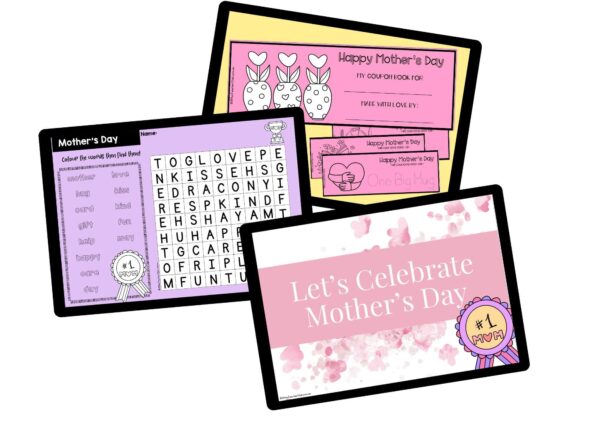
Mothers Day - Classroom Activities

Easter Maths - Multiplication Facts

Christmas - December

Halloween - October
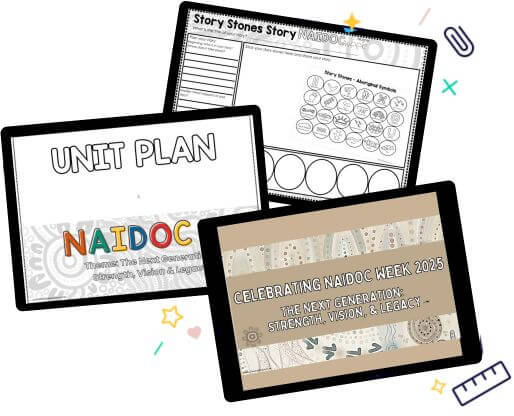
NAIDOC Week - July
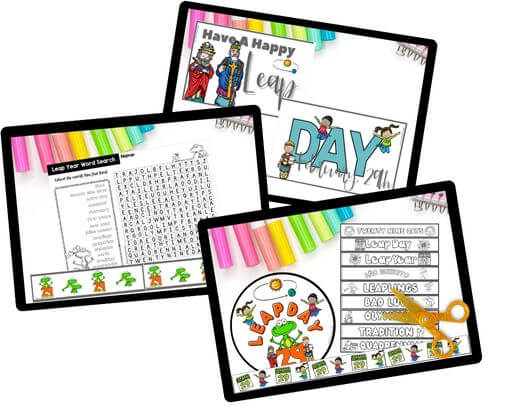
Leap Year / Day Activities

Valentine's Day Classroom Activities
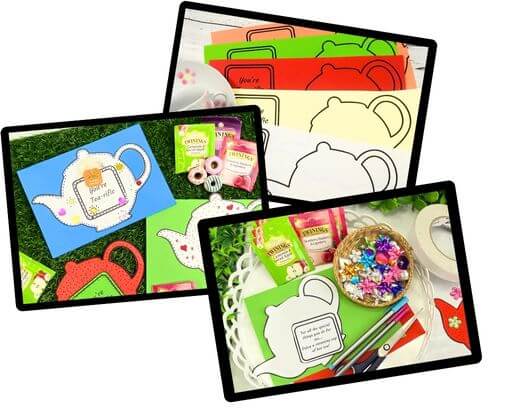
Mothers Day Teapot Card
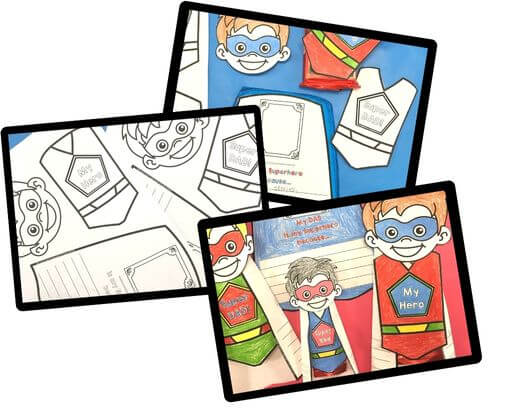
Father's Day Superhero Card

Mothers Day "Things I Love... " Flower Card

St Patrick's Day

Fathers Day No.1 Dad Card
Can't find what you're looking for?
Send us a request! Use this form to request a resource. Please give details of the learning area, topic, year level, curriculum links. We’ll be happy to take a look to see if we can fit it in. Unfortunately a request does not guarantee we will be able to make it!
"*" indicates required fields

